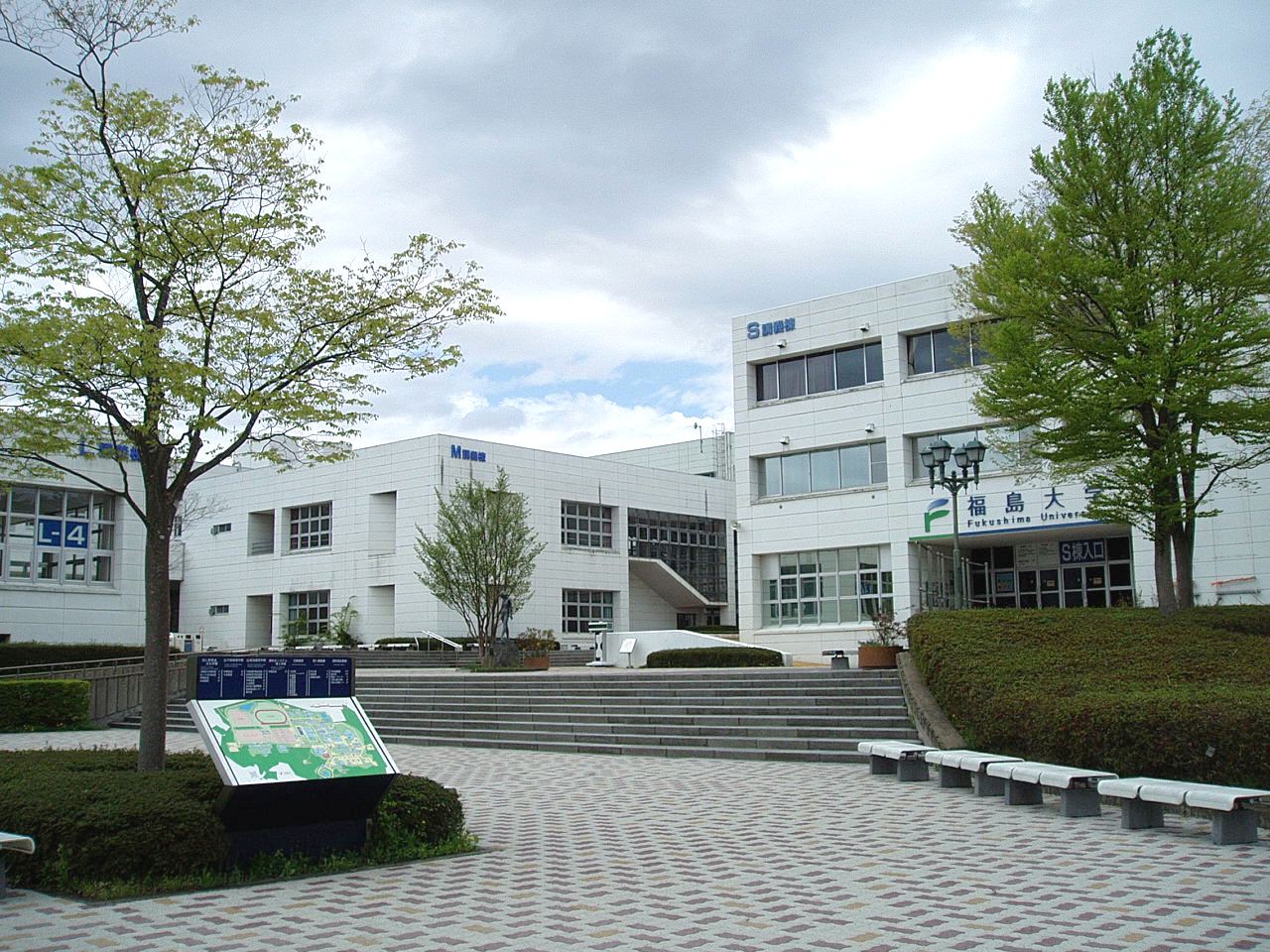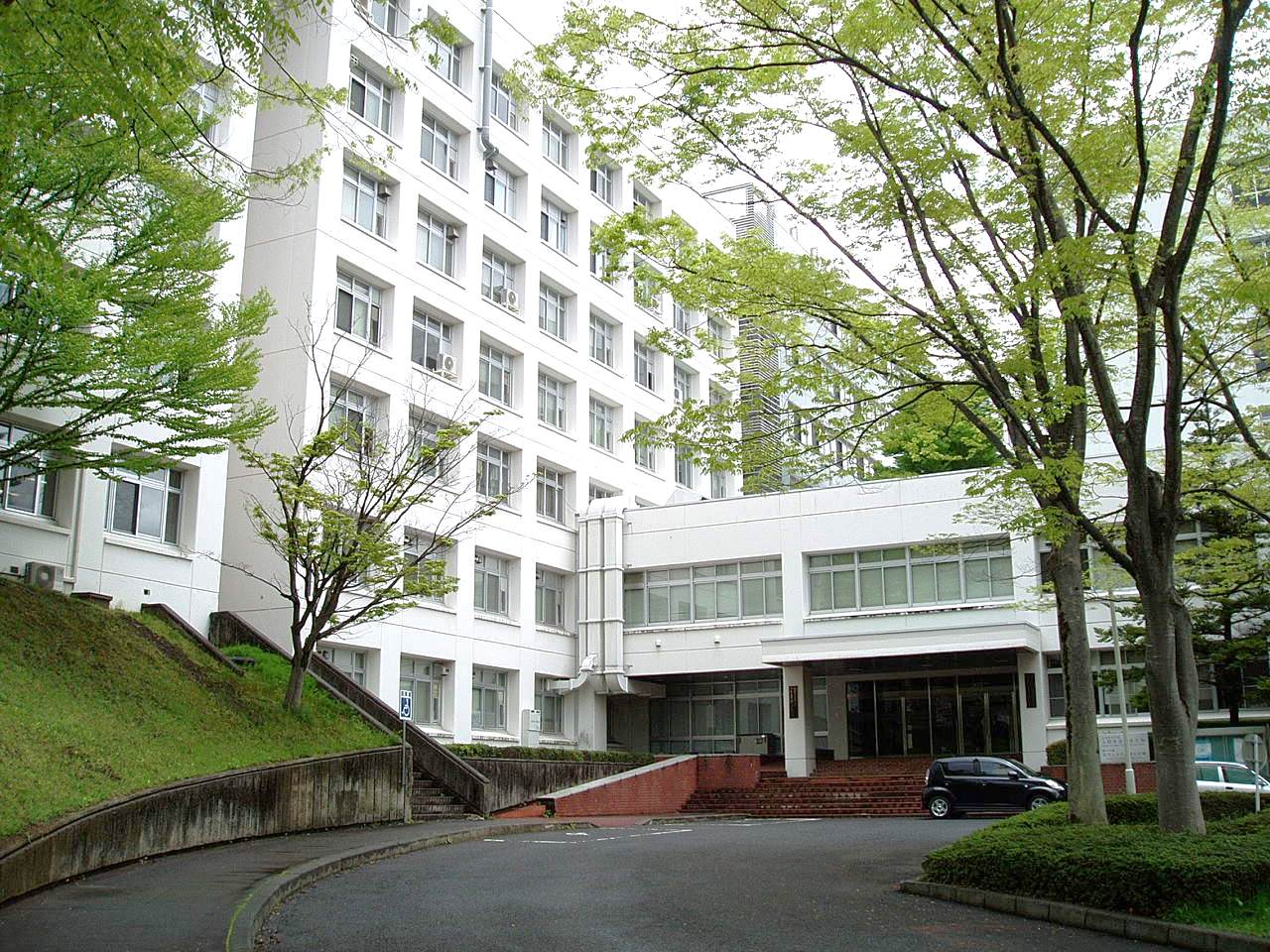Thinking about studying in Japan but unsure where to start? Fukushima University offers a down‑to‑earth, public‑university experience in the northeastern Tohoku region, with hands‑on programs in environmental science, food and agriculture, teacher education, business, and the unique “Fukushima Future Studies” field program. This guide gives international applicants a clear, practical overview—program strengths, campus life, costs, climate, exchange options, and outcomes—so you can judge whether the university and location fit your goals.

Source: Wikimedia Commons (Author: Hasec, Public Domain/PD-self).

Source: Wikimedia Commons (Author: Hasec, CC0 1.0/Public Domain).

Source: Wikimedia Commons (Author: Hasec, CC0 1.0/Public Domain).

Source: Wikimedia Commons (Author: Hasec, CC0 1.0/Public Domain).

Source: Wikimedia Commons (Author: Hasec, CC0 1.0/Public Domain).

Source: Wikimedia Commons (Author: Hasec, CC0 1.0/Public Domain).

Source: Wikimedia Commons (Author: Hasec, CC0 1.0/Public Domain).

Source: Wikimedia Commons (Author: Hasec, CC0 1.0/Public Domain).

Source: Wikimedia Commons (Author: Hasec, CC0 1.0/Public Domain).
Quick Facts
Snapshot data to help you benchmark Fukushima University against other Japanese public universities. Sources are linked in blue for quick verification.
| Type | National (Public) |
| Total Students | 4,435 QS profile |
| Campuses | Kanayagawa (Main Campus), Fukushima City Address |
| Faculties / Schools | Administration & Social Sciences; Economics & Business Administration; Food & Agricultural Sciences; Human Development & Culture; Symbiotic Systems Science Official (Undergraduate) |
| Tasas de matrícula | Undergraduate: ¥535,800/yr; Admission fee: ¥282,000 (standard national‑university rates). Graduate: ¥535,800/yr; Admission fee: ¥282,000. Official regulation |
| Gender Ratio | — (not publicly broken out in English summary) |
| Intl‑Student % | ≈2% (87 of 4,435) QS profile |
| Students per Staff | ≈27:1 (4,435 students / 162 faculty) QS profile |
Campus Maps
Kanayagawa Campus (Main, Fukushima City)
Address: 1 Kanayagawa, Fukushima City, Fukushima 960-1296, Japan
Mission, History & Founding Story
As a national (public) university in Japan’s northeastern Tohoku region, Fukushima University has a practical, community‑rooted mission: educate problem‑solvers who can strengthen local society and contribute globally. The university’s current structure—with five undergraduate faculties—evolved as Japan’s national universities modernized and specialized. Today, Fukushima University concentrates on disciplines that matter for its region and for the world: policy and administration, economics and business, teacher preparation and human development, interdisciplinary science and technology, and food and agricultural sciences. These areas align with Fukushima Prefecture’s economic strengths (agriculture, manufacturing, services), its environmental challenges, and Japan’s nationwide priorities (education quality, decarbonization, regional revitalization).
After the 2011 Great East Japan Earthquake and the Fukushima Daiichi nuclear accident, the university assumed a distinctive role in scientific monitoring, risk communication, and long‑term recovery. The Institute of Environmental Radioactivity (IER) was established to study radionuclides in the environment and to share evidence‑based knowledge with society. Its projects range from ecological field studies to measurement technologies and policy‑relevant assessments, often in collaboration with national and international partners. This combination—rigorous science with social engagement—continues to inform the curriculum and student projects across faculties.
In the last decade, Fukushima University has also leaned into field‑based learning and regional co‑creation. The “Fukushima Future Studies” stream brings students into communities working on revitalization to learn by doing—an approach that resonates with overseas students who want real‑world context in addition to classroom study. Alongside this, the university maintains standard national‑university affordability (see tuition in Quick Facts) and offers structured support for international students via the International Center (visa guidance, housing information, buddy and language‑exchange opportunities). Together, these elements define a mission that is locally anchored and outward‑looking: educate ethical professionals who can navigate complexity, communicate across cultures, and deliver impact.
Key Strengths & Unique Features
Institute of Environmental Radioactivity (IER) & Decommissioning Science
IER conducts internationally visible research on environmental radioactivity—field monitoring, dose assessment, and ecosystem impacts—often connecting Fukushima and Chernobyl research sites. For background, see the institute’s English pages IER (English) and a JICA English feature on international collaboration JICA article. For broader context, consult UNSCEAR’s scientific review and IAEA resources on Fukushima response (science‑based risk understanding is a recurring theme in classes and labs): UNSCEAR 2020/2021, IAEA topic page.
Symbiotic Systems Science: Real‑World, Interdisciplinary Problem‑Solving
Unique in Japan, the Faculty of Symbiotic Systems Science integrates engineering, environmental science, data, and social systems into nine course areas—from energy technology to social planning. That blend lets students attack 21st‑century challenges—as systems problems—rather than as narrow technical tasks. See the faculty’s English outline and course list: Faculty site / Courses, and the university’s summary page Academics > SSS.
Signature Faculty — Food & Agricultural Sciences
Fukushima Prefecture is one of Japan’s agricultural heartlands. The Faculty of Food & Agricultural Sciences links classroom study with field practice across food science, production, and environmental management. Students engage in lab work, regional projects, and the Revitalization Knowledge Project’s food/agro initiatives. Explore: Undergraduate faculties (official) and the Revitalization Knowledge Project’s English pages on Food & Agriculture Project: Food & Agriculture.
Programs & Tracks (examples)
- Food Science (quality & safety, processing)
- Agricultural Production (crops, horticulture, livestock)
- Environmental & Resource Management (soil, water, ecosystems)
Fukushima Future Studies: Learn in the Field, Not Only in Class
This service‑learning stream places students with communities working on revitalization—site visits, interviews, data collection, project design—and culminates in public presentations. It’s a standout experience for international students who want practical skills tied to social impact. See the English overview Fukushima Future Studies (EN) and project hub Revitalization Knowledge Project.
Rankings & Recognition (Contextual)
Fukushima University appears in regional league tables and directories. Rankings are only one lens—program fit, learning approach, and support services often matter more for outcomes—but they help with benchmarking: QS, THE profile.
Student Life for Internationals
Clubs & Circles Welcoming Overseas Students
Student clubs are a big part of Japanese campus life. Fukushima University lists circles (clubs) on the English site Circles & Clubs, and publishes a Japanese circle guide for applicants Circle Guide (JP). Recent International Center posts show welcome parties and exchange activities—good signals for newcomers Welcome event (May 7, 2025).
Support Offices (Visa, Housing, Counseling)
The International Center pages cover status‑of‑residence (visa) basics Visa/Status (JP), housing options (including international house and apartments) Housing (JP), and scholarships International Center. Counseling and student‑life advisories are typically coordinated with faculty advisors and the student affairs office.
Language‑Exchange & Buddy Programs
A long‑running “tutor” or buddy framework pairs local and overseas students to help with practical matters and language exchange Tutor/Buddy (JP). For short‑term cultural immersion, check the Fukushima Ambassadors Program (F.A.P.) F.A.P. (EN).
Partner Institutions & Exchange Options (Outbound Focus)
Fukushima University maintains student‑exchange agreements across Asia, Europe, and beyond. The International Center posts current partner lists and calls for outbound applications each year. Start here: partner roster Agreements (JP), outbound statistics Outbound stats (JP), and typical recruitment notices (examples) Outbound call (Nov 2023).
Local Climate & Lifestyle
Fukushima City has four distinct seasons—hot summers and cold, dry winters. Expect peak summer heat in August and below‑freezing nights in mid‑winter. For recent precipitation and monthly climatology (Fukushima station 47595), use the Japan Meteorological Agency’s English tables JMA monthly (EN), plus JMA’s tourism‑oriented climate summaries for Tohoku JMA Tohoku overview (EN). Everyday living is manageable without a car near campus—most students cycle or use transit—while weekend trips connect you to onsen towns, ski areas, and the Pacific coast.
International Student Statistics
The International Center publishes enrollment breakdowns by country/region. See the stats landing page and periodic PDF fact sheets (e.g., Oct 2024) for the latest snapshots: International enrollment (JP) and sample PDF Country breakdown (JP, PDF).
Career & Graduate Prospects
Fukushima University’s career support is centralized, with faculty‑specific job seminars, alumni talks, and guidance for international students on work eligibility and job‑hunting timelines. For context on policies and recent activities, see International Center job‑hunting guidance materials (JP, PDF) Guidance deck, and the university’s employment outcomes handouts (faculty bulletins and news PDFs are periodically posted) Sample 2024 news (PDF) / Sample 2025 news (PDF). For science‑track graduates, Symbiotic Systems Science and IER link naturally to environment, energy, decommissioning, and public‑sector roles; Food & Agricultural Sciences aligns with lab, food safety, and agri‑tech positions. Teaching licensure tracks remain strong within Human Development & Culture.

